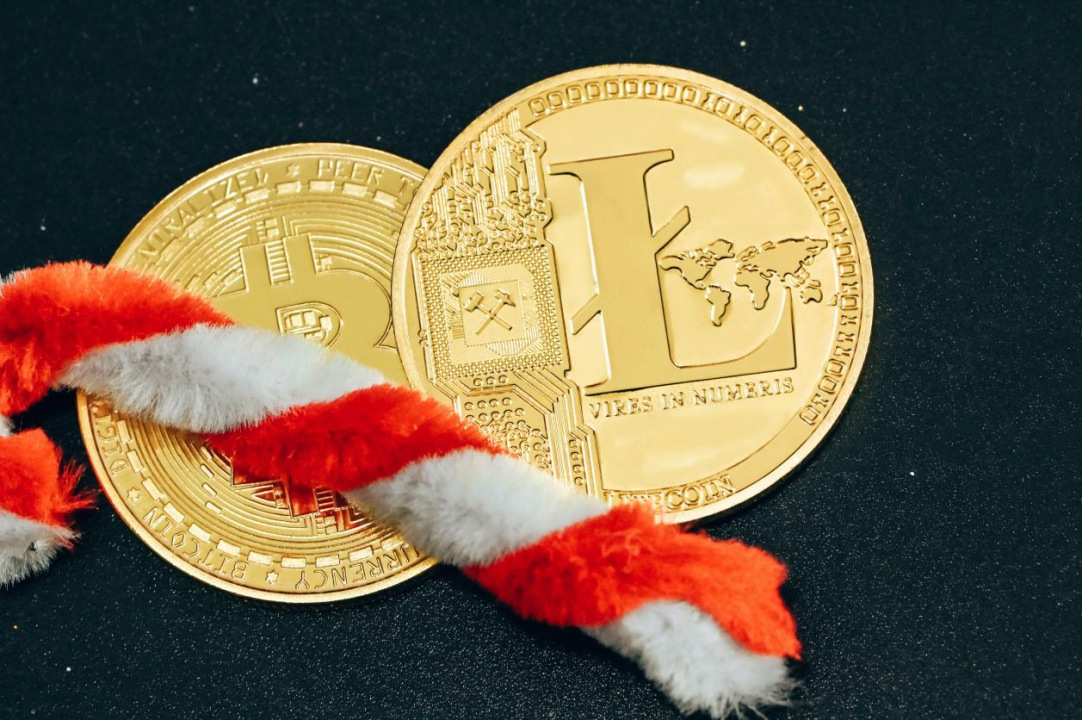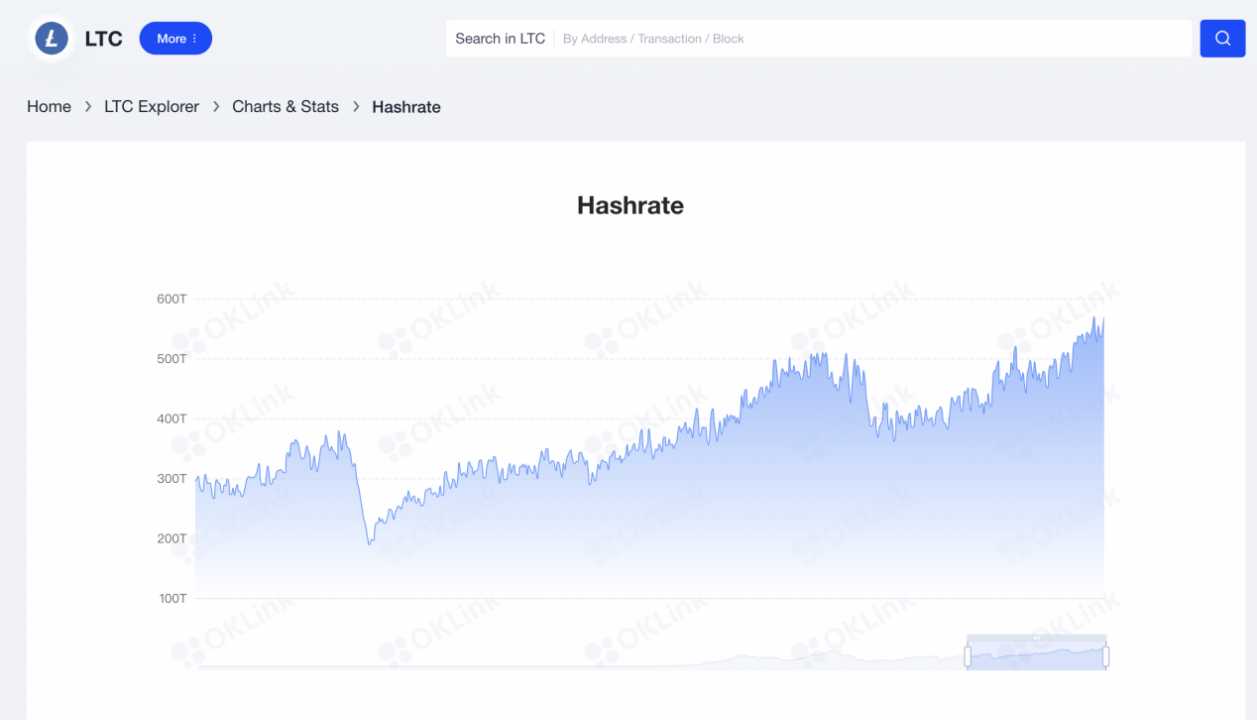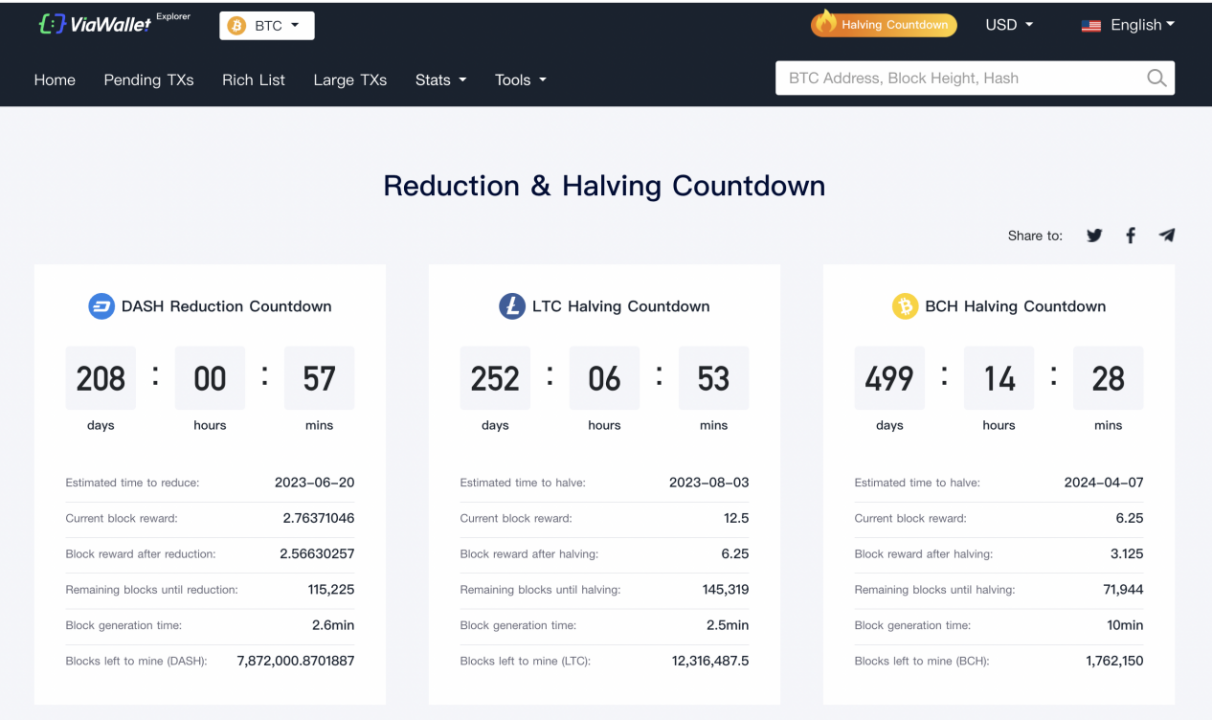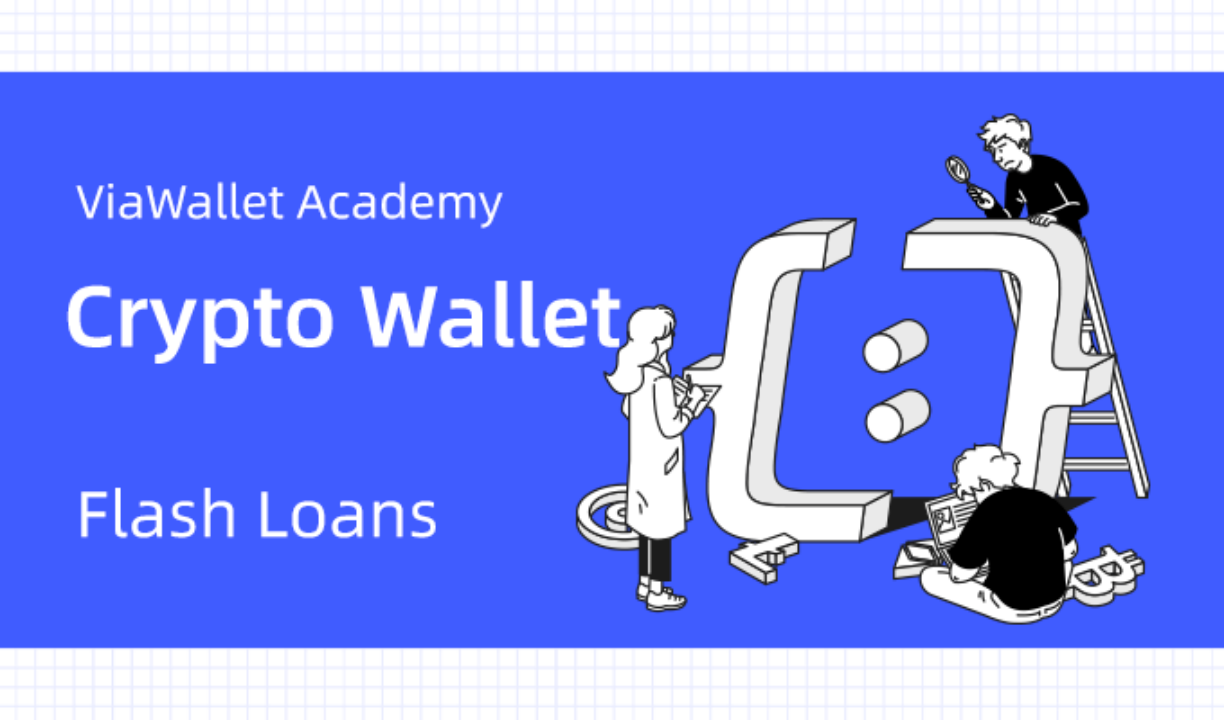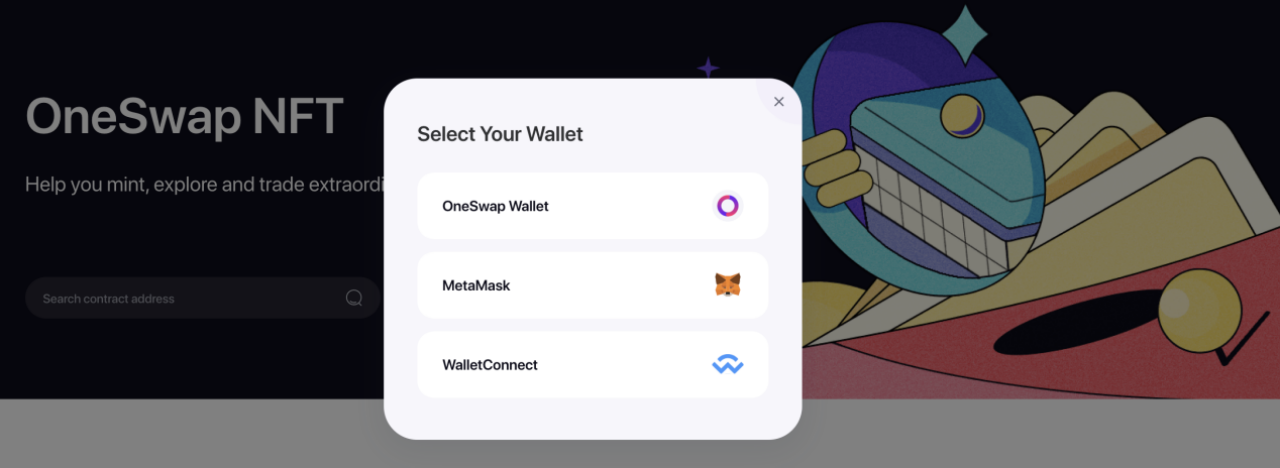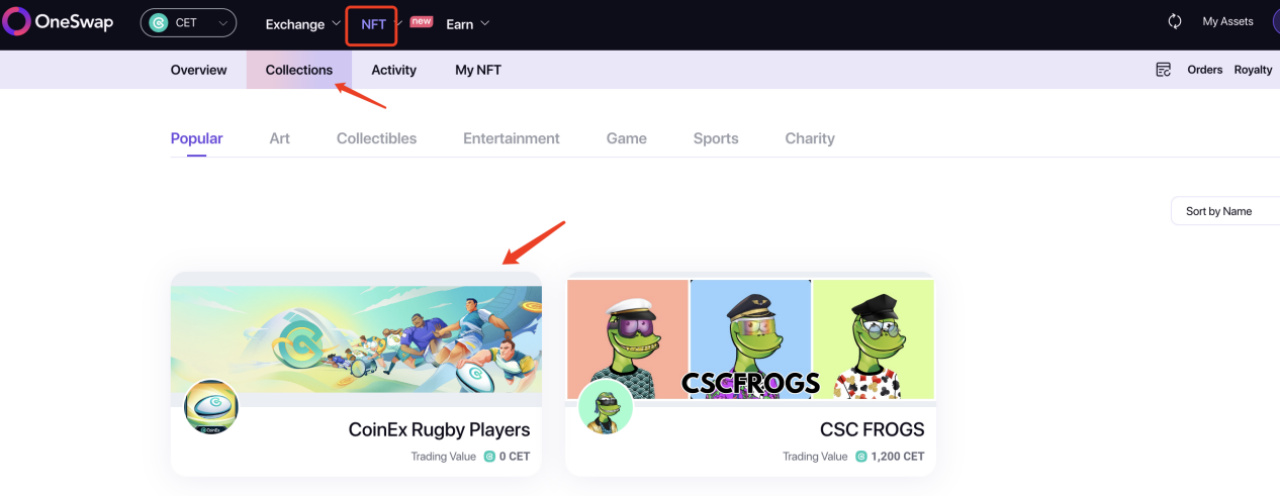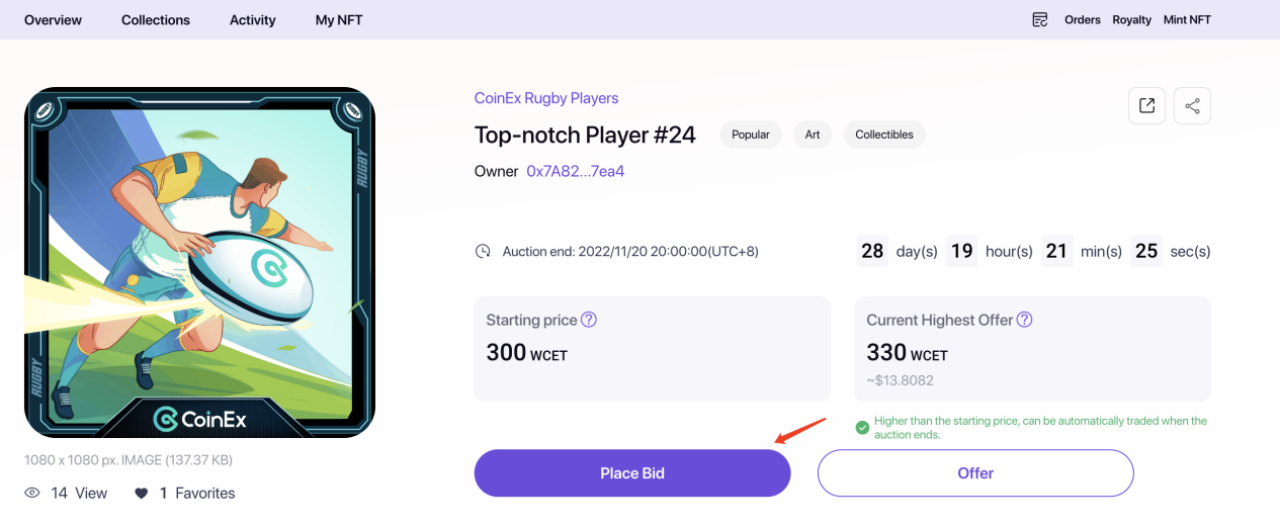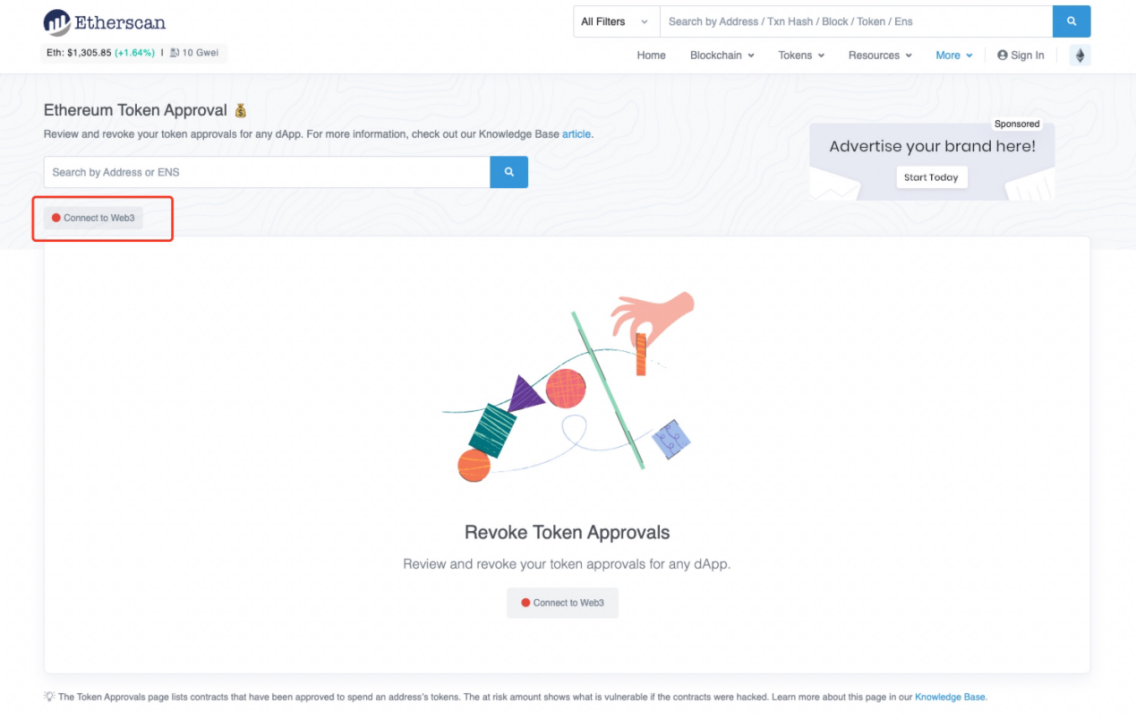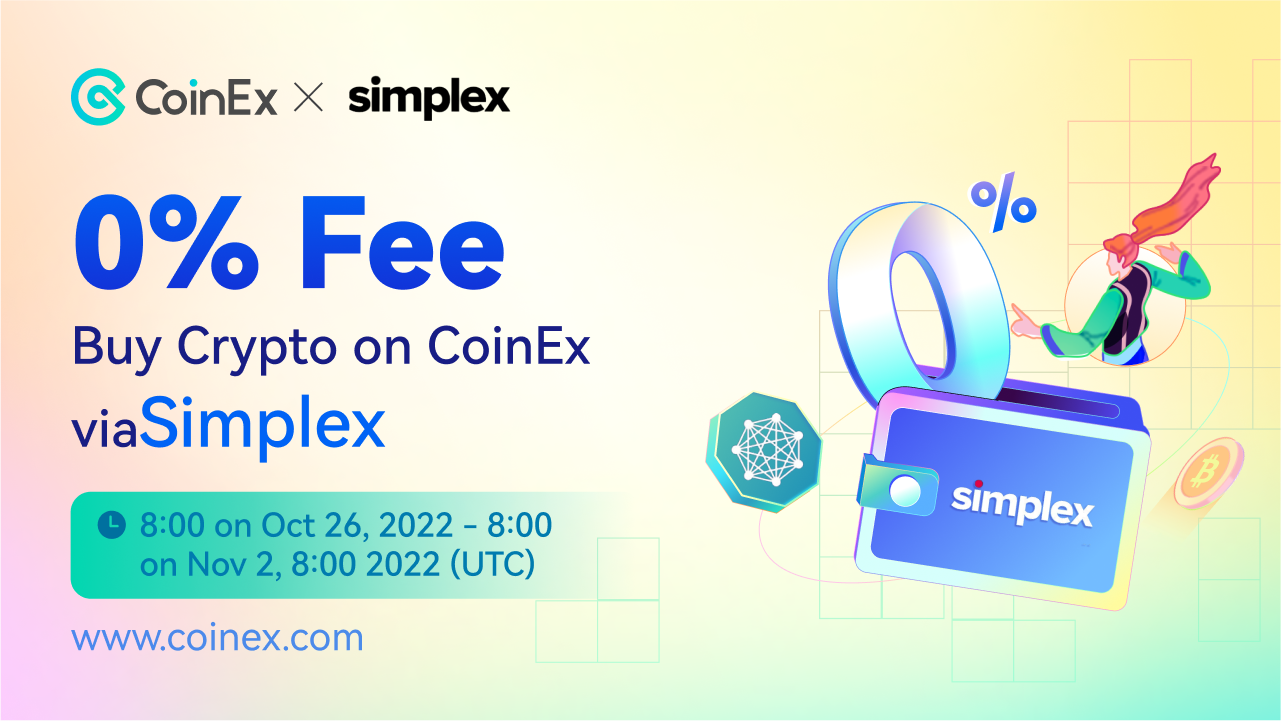31
Advertise Your Stuff / CoinEx’s Fifth Anniversary: Striving for an Easier Crypto Future
« on: December 09, 2022, 11:06:50 AM »
The world will celebrate Christmas Eve on December 24, 2022, a day that also marks the fifth anniversary of CoinEx, a long-standing crypto exchange.

December 2017 witnessed a new crypto boom. Back then, crypto platforms recorded rapid growth in a bull market, and many users in traditional finance also swarmed into the crypto space. During the market boom, all sorts of crypto exchanges cropped up. Meanwhile, CoinEx, which was also launched in December 2017, might not be the shining star among all those exchanges, but it earned a spot in a cutthroat market relying on its strong team capacity, user-friendly products, and satisfying services.
Back in those days when crypto exchanges were in their infancy, droves of entrepreneurs forayed into the market, and many of them have now bid farewell to this ever-changing industry. Through cruel market reshuffles, they have witnessed drastic ups and downs. Obsessed with user traffic and market shares, many exchanges were entirely focused on expanding their user base and market presence at the beginning, without real efforts to build great products and services. In stark contrast, CoinEx has always prioritized user services since day one, despite all the changes in the industry.
Looking back, most crypto exchanges born in 2017 have lost in the mists of time, leaving their users in disappointment. Those once-trending projects, however astonishing market growth they had recorded, eventually ended their story with a hasty farewell letter. Unlike its peers, CoinEx remains committed to user experiences and product improvements, and has survived the market swings during the past five years with extensive user support.
For five years, CoinEx has made constant improvements and sought perfection in terms of product, token listing, services, and marketing. From spot and derivatives trading, CoinEx’s product family has been expanded to a wider range of services, covering spot, futures, margin, fiat, and finance. In the early days, CoinEx only supported mainstream cryptos; but now, the exchange covers nearly 700 premium crypto assets and over 1,000 trading markets. There was a time when CoinEx was only available in Chinese and English; today, we provide localized services for users in 15 language zones… With the leapfrog development, we’ve also won the approval of users. Right now, CoinEx offers a comprehensive selection of easy-to-use products to more than 3 million users across over 200 countries and regions. Putting users first, we have never ceased self-improvements and consistently serve our users with more satisfying features.
As the exchange welcomes its fifth anniversary, CoinEx has made a major decision and upgraded its brand slogan to “Making Crypto Trading Easier”. Aiming to eliminate all financial restraints, CoinEx strives to be the gateway for its users to the crypto world and help them easily trade crypto. While getting mature along with the crypto market, we have also noticed a growing inflow of investors from legacy finance. Many of these crypto beginners hold prejudice against crypto and usually fail in crypto investments. Over time, they have lost confidence in crypto and stopped caring about its charm and glamour.
Today, CoinEx has helped over 3 million global users realize their crypto dream, allowing them to trade cryptos with ease and convenience. Going forward, we intend to make crypto more accessible and provide more opportunities for traditional investors by offering them easy-to-use products and demand-specific services. While helping more users around the world join the crypto space, we will build an easier, fairer crypto world where people can trade crypto effortlessly.
Apart from the ease of use concerning our products, we keep improving user experience. As we’re fully aware, it’s our consistent focus on user experiences that has earned us loyal users, who have provided the fundamental momentum behind each of our steps forward amid this volatile market. Thanks to their companionship along the development path, CoinEx has now evolved into a world-renowned crypto exchange.
Looking back on the past five years, CoinEx has been in the ascendant; looking forward, it will go beyond and above in building an easier, more user-friendly crypto world. We promise to stay committed to our original motivations and continue to put users first. As we set sail on the next five-year adventure together with global users, CoinEx will remain dedicated to “Making Crypto Trading Easier”.

December 2017 witnessed a new crypto boom. Back then, crypto platforms recorded rapid growth in a bull market, and many users in traditional finance also swarmed into the crypto space. During the market boom, all sorts of crypto exchanges cropped up. Meanwhile, CoinEx, which was also launched in December 2017, might not be the shining star among all those exchanges, but it earned a spot in a cutthroat market relying on its strong team capacity, user-friendly products, and satisfying services.
Back in those days when crypto exchanges were in their infancy, droves of entrepreneurs forayed into the market, and many of them have now bid farewell to this ever-changing industry. Through cruel market reshuffles, they have witnessed drastic ups and downs. Obsessed with user traffic and market shares, many exchanges were entirely focused on expanding their user base and market presence at the beginning, without real efforts to build great products and services. In stark contrast, CoinEx has always prioritized user services since day one, despite all the changes in the industry.
Looking back, most crypto exchanges born in 2017 have lost in the mists of time, leaving their users in disappointment. Those once-trending projects, however astonishing market growth they had recorded, eventually ended their story with a hasty farewell letter. Unlike its peers, CoinEx remains committed to user experiences and product improvements, and has survived the market swings during the past five years with extensive user support.
For five years, CoinEx has made constant improvements and sought perfection in terms of product, token listing, services, and marketing. From spot and derivatives trading, CoinEx’s product family has been expanded to a wider range of services, covering spot, futures, margin, fiat, and finance. In the early days, CoinEx only supported mainstream cryptos; but now, the exchange covers nearly 700 premium crypto assets and over 1,000 trading markets. There was a time when CoinEx was only available in Chinese and English; today, we provide localized services for users in 15 language zones… With the leapfrog development, we’ve also won the approval of users. Right now, CoinEx offers a comprehensive selection of easy-to-use products to more than 3 million users across over 200 countries and regions. Putting users first, we have never ceased self-improvements and consistently serve our users with more satisfying features.
As the exchange welcomes its fifth anniversary, CoinEx has made a major decision and upgraded its brand slogan to “Making Crypto Trading Easier”. Aiming to eliminate all financial restraints, CoinEx strives to be the gateway for its users to the crypto world and help them easily trade crypto. While getting mature along with the crypto market, we have also noticed a growing inflow of investors from legacy finance. Many of these crypto beginners hold prejudice against crypto and usually fail in crypto investments. Over time, they have lost confidence in crypto and stopped caring about its charm and glamour.
Today, CoinEx has helped over 3 million global users realize their crypto dream, allowing them to trade cryptos with ease and convenience. Going forward, we intend to make crypto more accessible and provide more opportunities for traditional investors by offering them easy-to-use products and demand-specific services. While helping more users around the world join the crypto space, we will build an easier, fairer crypto world where people can trade crypto effortlessly.
Apart from the ease of use concerning our products, we keep improving user experience. As we’re fully aware, it’s our consistent focus on user experiences that has earned us loyal users, who have provided the fundamental momentum behind each of our steps forward amid this volatile market. Thanks to their companionship along the development path, CoinEx has now evolved into a world-renowned crypto exchange.
Looking back on the past five years, CoinEx has been in the ascendant; looking forward, it will go beyond and above in building an easier, more user-friendly crypto world. We promise to stay committed to our original motivations and continue to put users first. As we set sail on the next five-year adventure together with global users, CoinEx will remain dedicated to “Making Crypto Trading Easier”.



 Latest news:
Latest news: 





 Shop
Shop
 Bidding Open
Bidding Open
